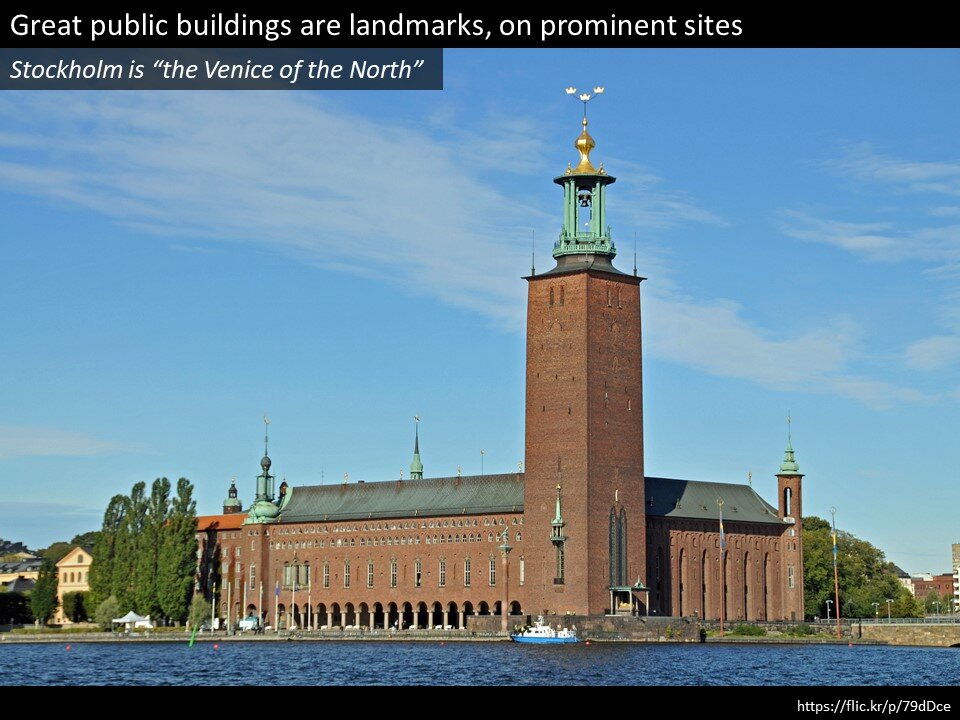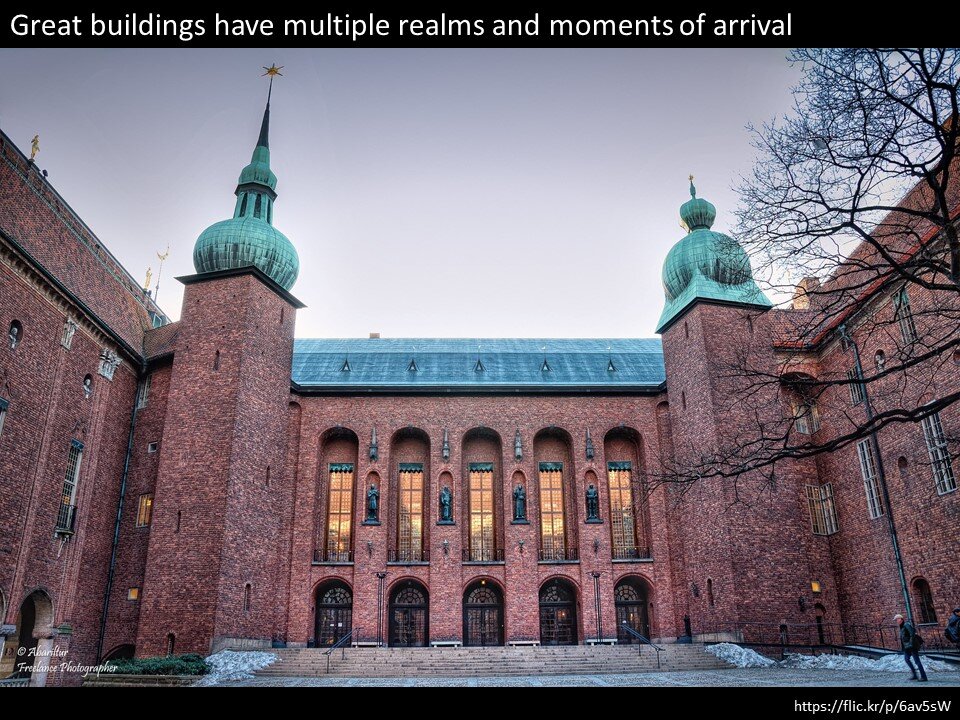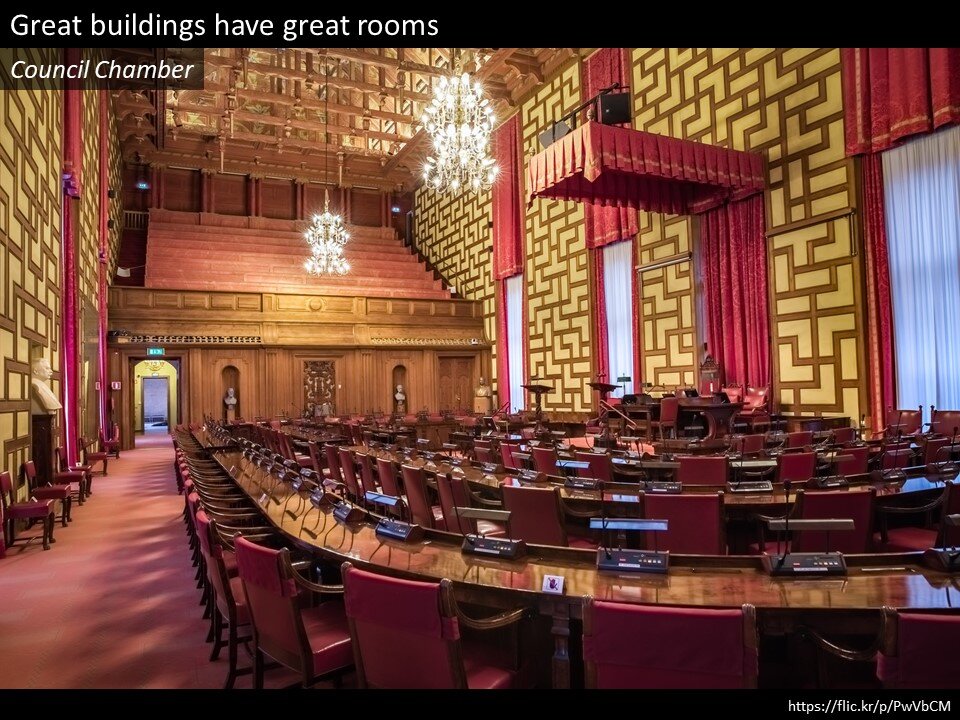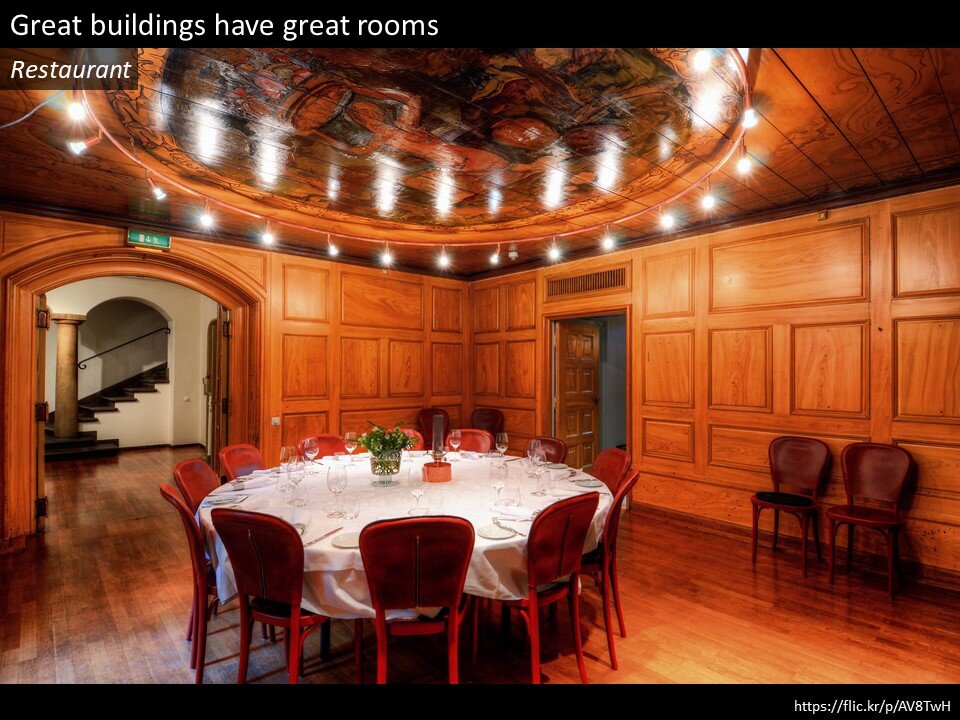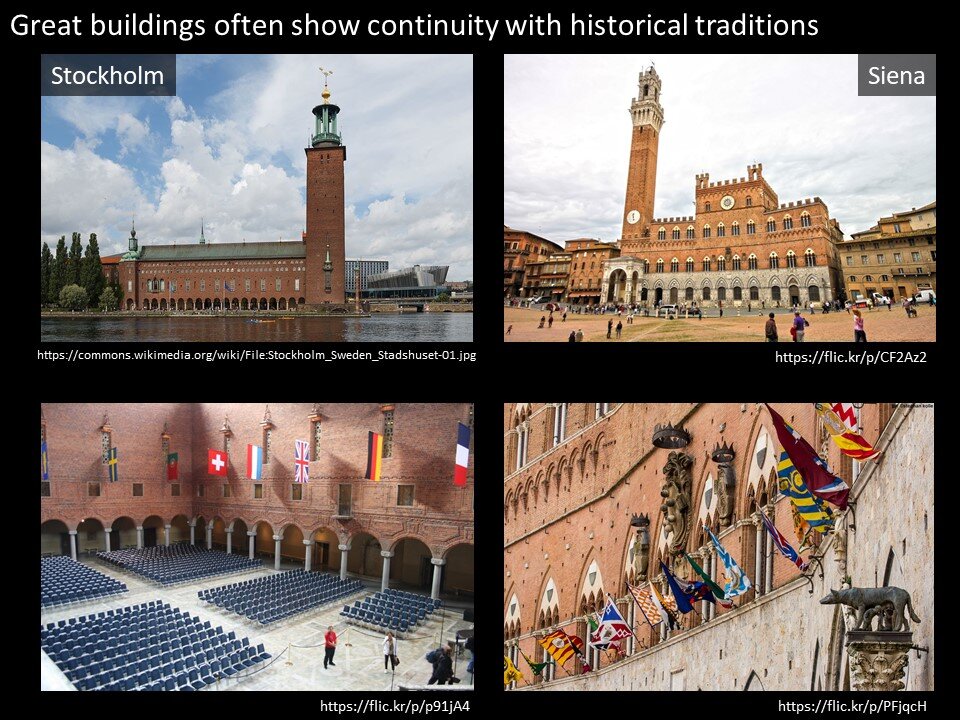Pevsner: Architecture and Building
/Everybody knows the line from Nikolaus Pevsner:
“A bicycle shed is a building; Lincoln Cathedral is a piece of architecture.”
But what follows? How did Pevsner make the argument for distinguishing architecture from ordinary building"?
He was remarkably clear-minded in his thinking. (Maybe I say ‘remarkably’ because very few architectural historians write this way anymore.) He said “the term architecture applies only to buildings designed with a view to aesthetic appeal,” and then he said there are three ways that a building may provoke aesthetic sensations:
Firstly, in the treatment of walls, with proportion and ornament, like “the leaf and fruit garlands of a Wren porch.” This, he said, is a two-dimensional endeavor, “the painter’s way.”
Secondly, in the manipulation of the three-dimensional form, ”contrasts of block against block.” This is “the sculptor’s way.”
Thirdly, in composing spaces and movement, “the sequence of rooms,” and this skill does not belong to the painter or sculptor but to the architect alone.
These are, then, the three ways that a building may achieve the status of architecture. To conclude, Pevsner wrote:
“the good architect requires the sculptor’s and the painter’s modes of vision in addition to his own spatial imagination. Thus architecture is the most comprehensive of all visual arts and has a right to claim superiority over the others.”
Pevsner wrote this in An Outline of European Architecture (1943).








